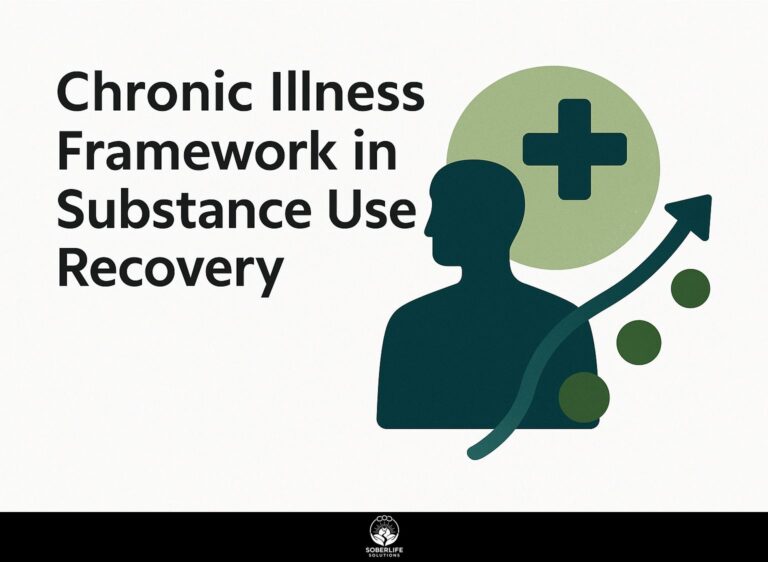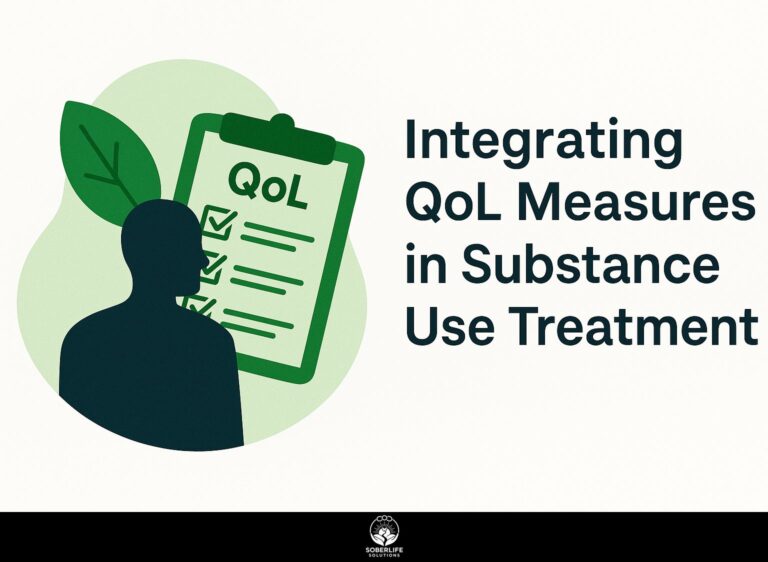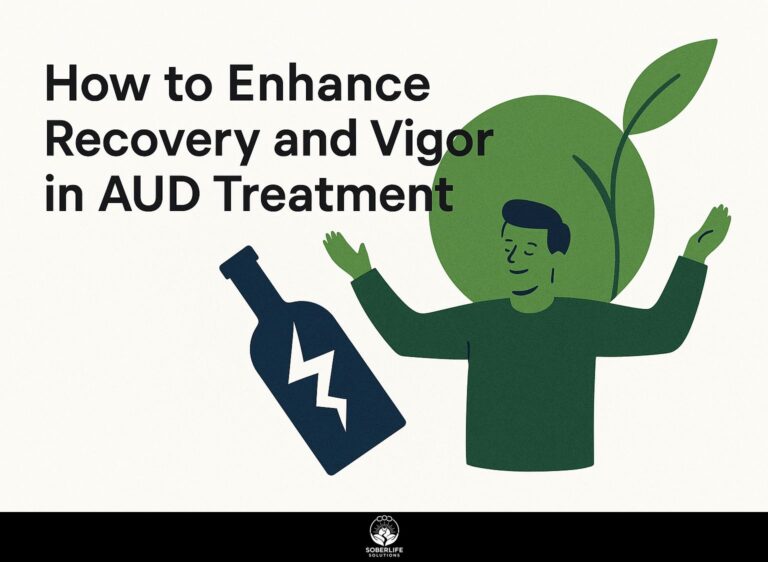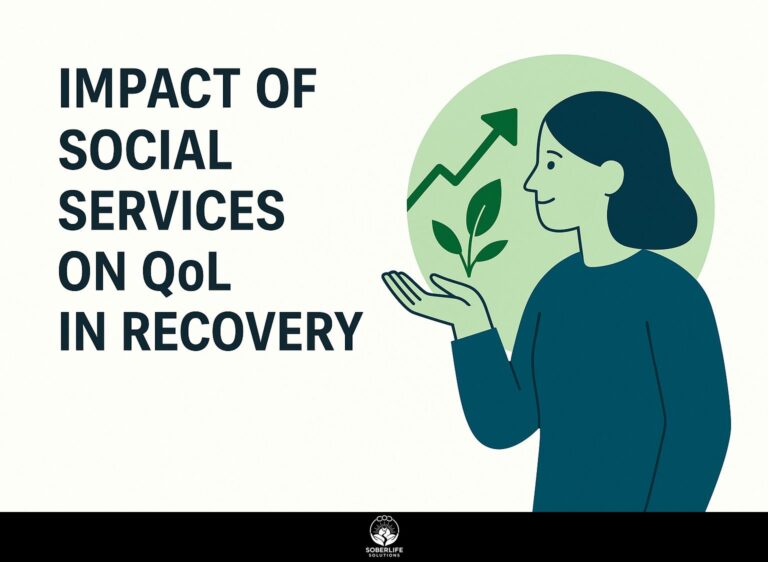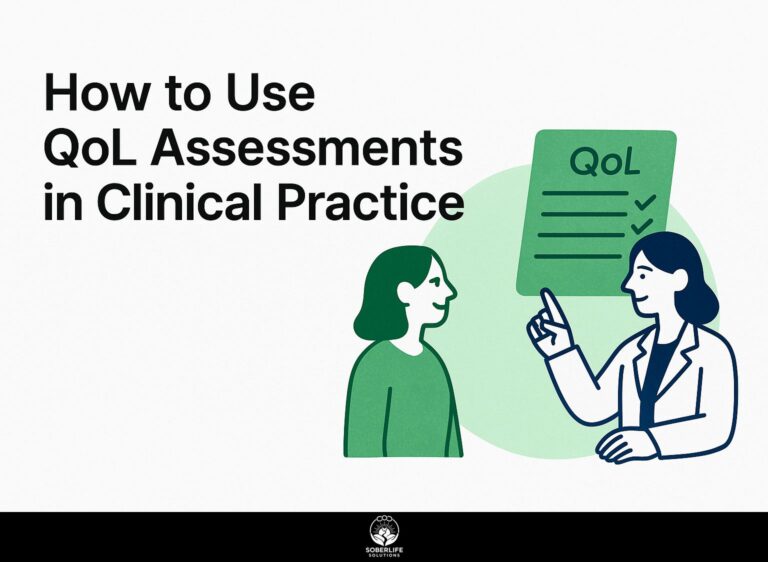New Paradigm of Quality of Life in Research
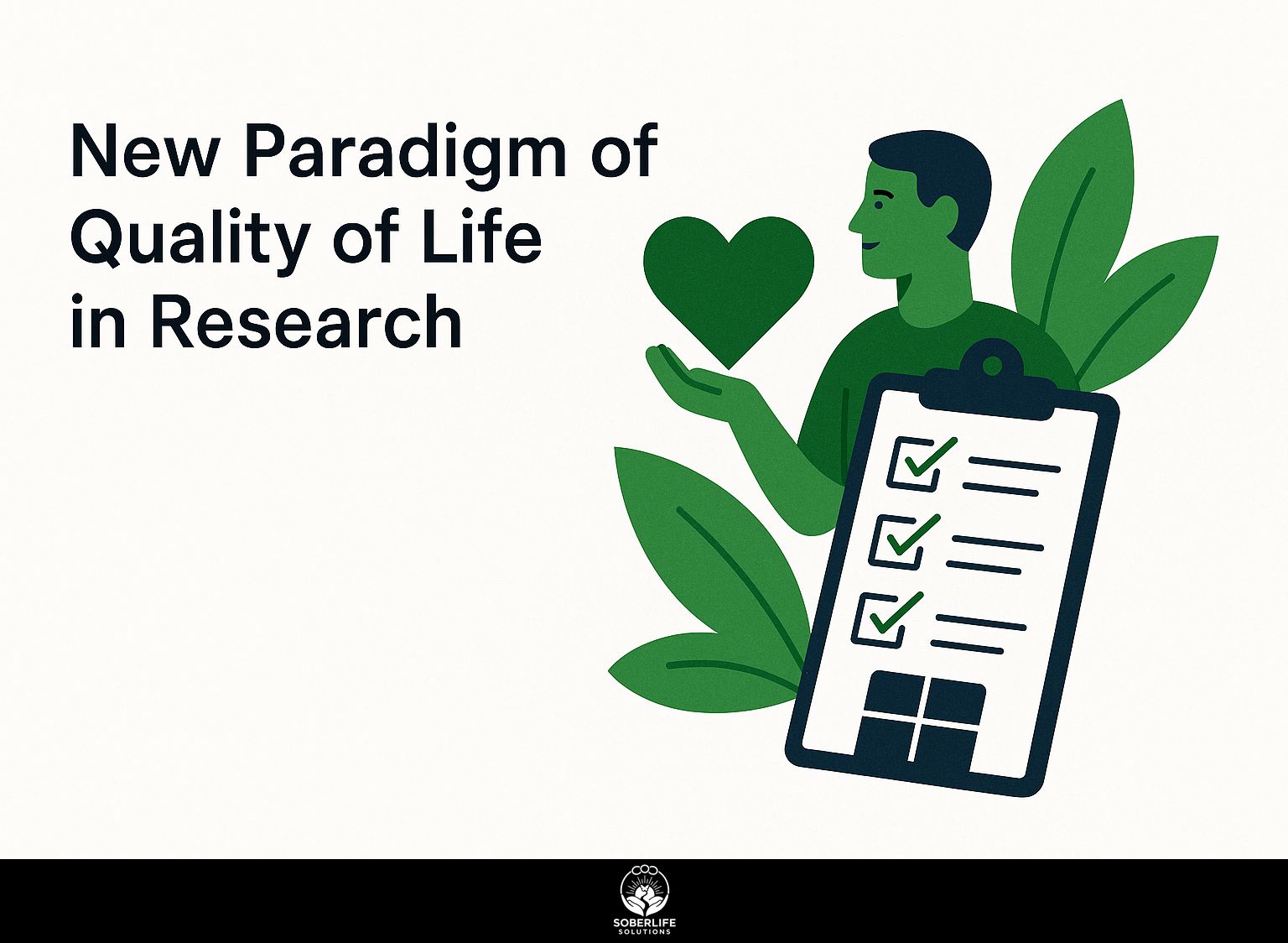
Introduction to Quality of Life in Research
The current focus in research highlights the importance of health-related quality of life as a key measurement. Recognized by the World Health Organization, this concept integrates diverse patient groups and innovative research designs. This article examines a detailed review of existing methods, emphasizing major results and difficulties in assessing quality of life. Come with us to see how this change can improve health research and well-being.
Key Takeaways:
Definition and Importance
Quality of life includes how people feel emotionally, how they interact with others, and their physical health. It is important for assessing medical treatments and their results.
Assessing quality of life often involves specific instruments such as the WHOQOL (World Health Organization Quality of Life) and the Gross National Happiness Index. The WHOQOL, as detailed by the World Health Organization, looks at physical health, mental health, and social connections. This is especially useful for ongoing illnesses like cancer and heart disease.
The Gross National Happiness Index measures broader well-being at the population level, influencing healthcare policies. By integrating these assessments, healthcare providers can tailor interventions to improve overall well-being and monitor progress effectively. [Learn more about patient engagement models](https://soberlifesolutions.com/patient-engagement-models-qol/) that enhance quality of life in recovery.
Historical Context
Changes in healthcare and social policies since the 20th century have influenced how we measure quality of life.
A significant milestone was the introduction of the Sustainable Development Goals (SDGs) by the United Nations in 2015. These 17 goals set a plan to improve health, education, and equality globally.
In Canada, for example, the SDGs have guided public health initiatives focused on mental health awareness and substance abuse prevention. Similarly, Australia has included these goals in its healthcare systems, promoting all-encompassing care models that focus on both physical and mental health.
This alignment has improved how resources are distributed, increased community involvement, and resulted in healthier communities, aligning with the United Nations’ vision for a sustainable future. For more details on the impact of these strategies, see how [quality of life outcomes play a crucial role in public health](https://soberlifesolutions.com/quality-life-public-health/) as part of achieving the SDGs. The UN provides a comprehensive overview of the Sustainable Development Goals and their global impact.
Dimensions of Quality of Life
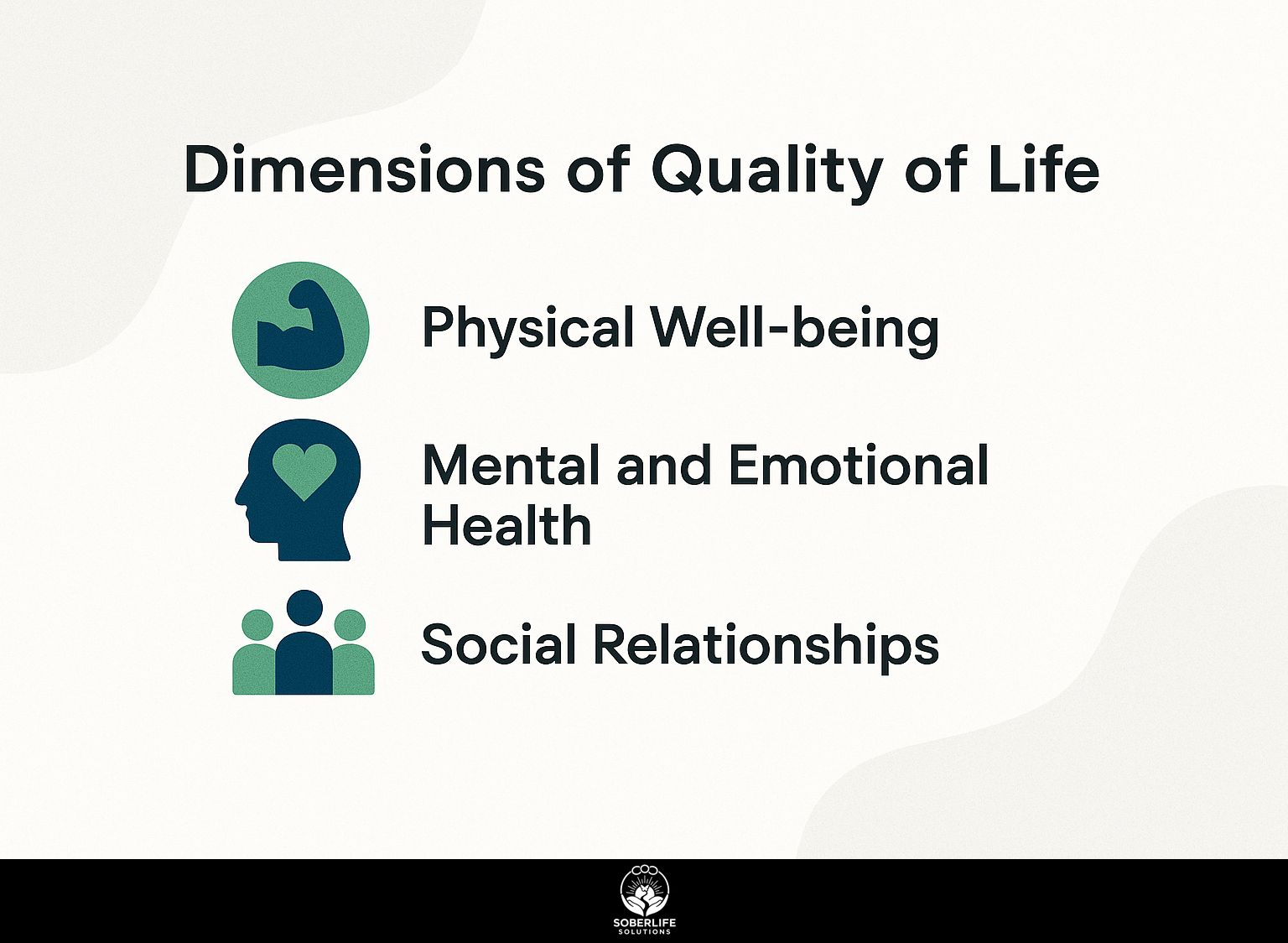
Quality of life includes physical health, emotional state, and social connections, all of which together describe a person’s general well-being.
Physical Well-being
Staying in good shape is important for a healthy life, but ongoing problems like chronic obstructive pulmonary disease and heart disease can affect it.
Studies from the OECD demonstrate that individuals with chronic health issues often report lower life satisfaction and increased limitations in daily activities. People with heart disease might feel extremely tired and struggle to be active, which can lead to feelings of isolation.
However, doing regular exercise can greatly improve your quality of life. Engaging in activities like walking, cycling, or swimming for at least 150 minutes per week can reduce symptoms and improve mental well-being.
Tools like fitness trackers can help monitor progress and maintain motivation.
Mental and Emotional Health
Our mental and emotional health has a big effect on our lives, with problems such as depression and anxiety significantly influencing our daily activities.
Research from the World Health Organization highlights that individuals with untreated mental health disorders may experience worse physical health outcomes, leading to increased morbidity, a concern emphasized in the WHO World Mental Health Report by Cambridge.
Studies indicate that individuals with depression are 50% more likely to develop heart disease. To address this, healthcare assessments should include mental health screenings.
Using tools like the Patient Health Questionnaire (PHQ-9) can help spot signs of depression early, leading to quicker help and improving overall health.
Social Relationships
Social connections are important for improving life quality, giving support that benefits health and promotes happiness.
In Germany, communities often engage in organized group activities, like local sports clubs and neighborhood gardens. These help people feel included and improve physical well-being.
Conversely, in Spain, family networks are more prevalent, with multigenerational living arrangements providing emotional support. Both examples illustrate how structured social interactions promote mental well-being.
Tools such as community centers and websites like Meetup are useful for bringing people together, ensuring they have a reliable support network that enhances their life, regardless of culture.
Current Research Trends
Recent studies on life quality concentrate on exact methods and different people to provide a complete view and practical uses.
Methodologies in Quality of Life Research
Researchers use different approaches, like long-term studies and one-time surveys, to evaluate the quality of life in various groups.
Two widely used tools for assessing quality of life are the EQ-5D and SF-36.
The EQ-5D examines five areas: mobility, self-care, usual activities, pain or discomfort, and anxiety or depression. It helps in comparing various health problems in research, such as studies involving patients with heart disease.
In contrast, the SF-36 offers a broad view by covering physical and mental health measures, which is helpful in long-term condition studies like diabetes.
Both tools provide useful information that helps healthcare professionals create specific treatment plans. For an extensive understanding of integrating these assessments into healthcare, our deep dive into QoL assessments in clinical practice is recommended.
Key Findings and Insights
Recent research shows important details on how money matters and access to healthcare affect people’s living conditions.
For instance, research indicates that India faces unique challenges in quality of life compared to China, where faster economic growth has resulted in better healthcare infrastructure.
In India, high population density and limited access to medical facilities exacerbate health issues, impacting overall life satisfaction. Conversely, China’s investment in healthcare reforms has led to significant reductions in infant mortality and improved access to essential services.
These differences indicate that health policies in India could improve by learning from China’s approach, concentrating on distributing resources and specific healthcare projects to improve public health results.
Challenges in Measuring Quality of Life
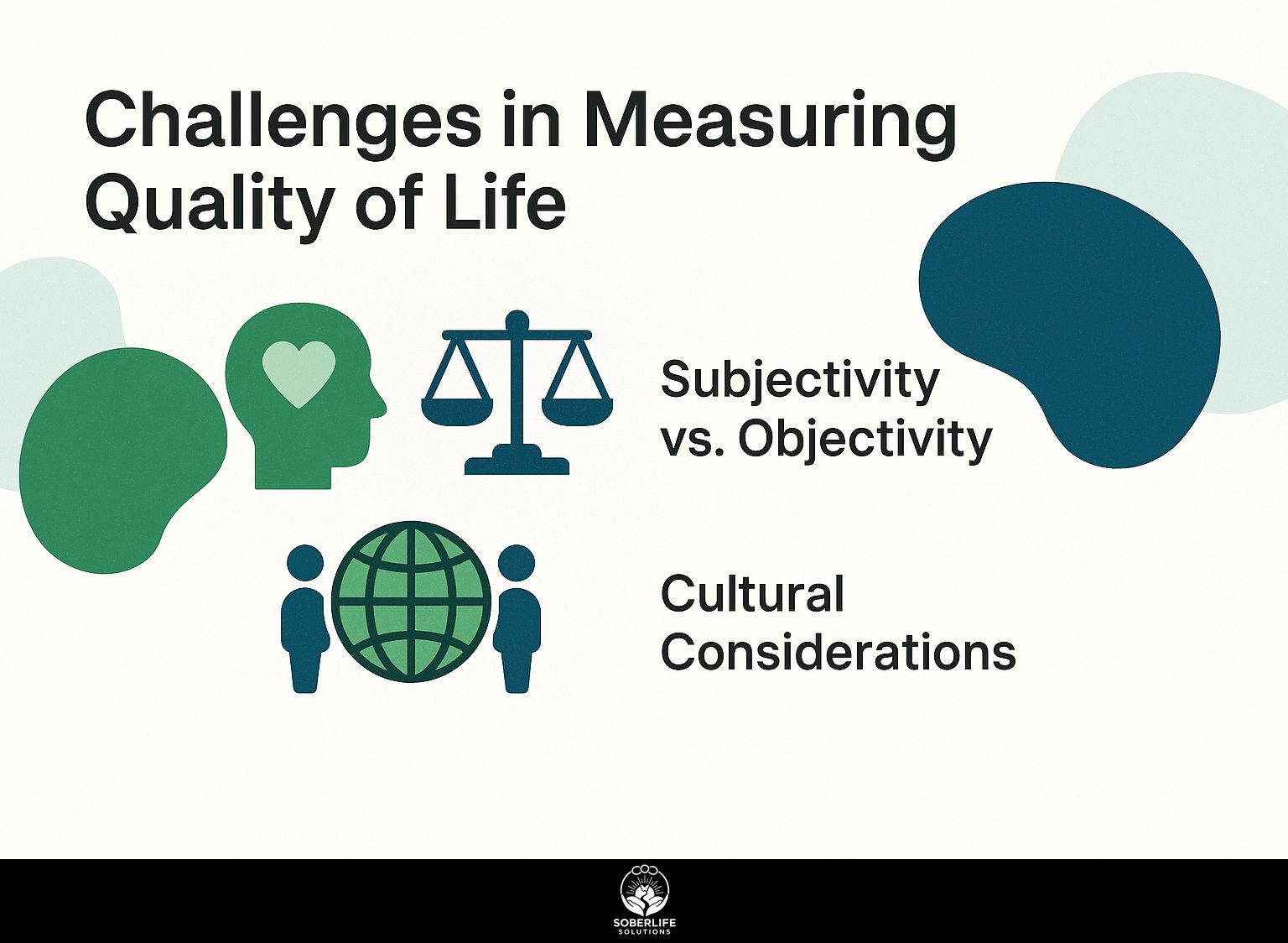
Measuring quality of life is difficult, especially in balancing personal feelings with measurable data.
Subjectivity vs. Objectivity
The tension between subjective self-reports and objective measures complicates quality of life assessments, affecting research validity.
In a study on long-term pain, people filled out a survey about how much pain they felt, but doctors found their pain levels were actually different. This inconsistency often results in wrong judgments about how well the treatment works.
Researchers can address this by integrating multiple assessment methods, such as using validated questionnaires like the SF-36 alongside objective measures like physical exams or lab results.
By using this mix of methods, studies can become more reliable and provide a clearer view of quality of life, improving both research findings and patient care.
Cultural Considerations
Cultural differences in how people view quality of life require customized research methods to truly capture varied experiences.
For instance, in Denmark, citizens often prioritize social welfare, viewing quality of life through the lens of community support and free healthcare.
On the other hand, in Japan, personal success and balancing work with personal life are important, affecting how people feel about their happiness.
Researchers should think about using surveys or focus groups that are changed to fit local values. Tools like the Quality of Life Scale or the WHOQOL can be changed to match specific cultural aspects, ensuring that the data gathered aligns closely with the participants’ actual experiences.
The Role of Technology
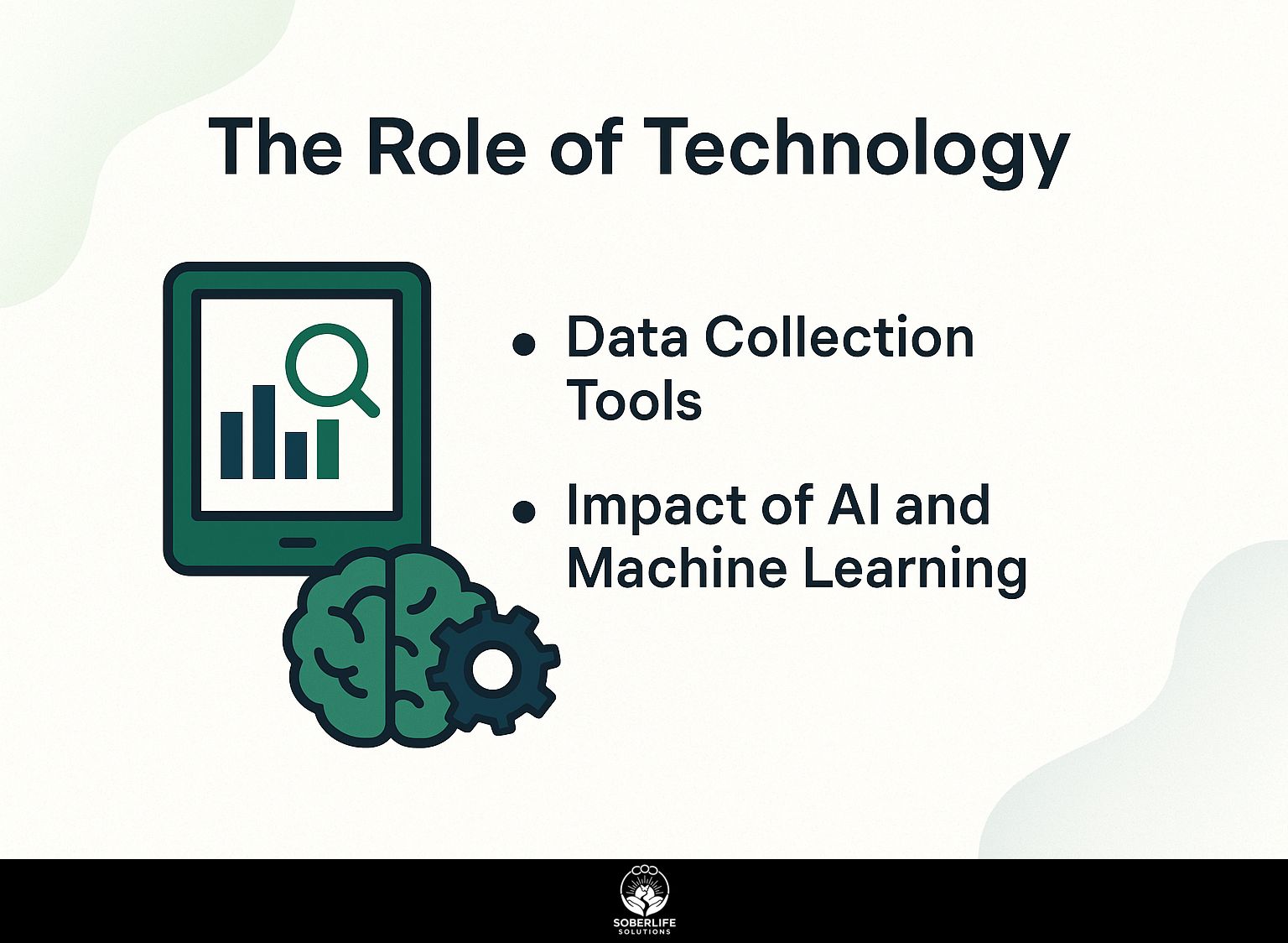
New technology has changed how we research quality of life, especially in gathering and examining information with new tools.
Data Collection Tools
Tools like survey software (e.g., SurveyMonkey) and mobile health applications are revolutionizing data collection methods in quality of life research.
SurveyMonkey allows researchers to design and distribute surveys quickly, while collecting responses in real-time. Using mobile health apps like MyFitnessPal helps to understand the lifestyle of participants.
For instance, a study published in the Journal of Medical Internet Research demonstrated how these tools improved engagement and response rates by over 30%. Researchers can also use analytics platforms like Tableau to visualize this data, identifying trends in quality of life metrics effectively.
Researchers use these technologies to improve data accessibility and accuracy.
Impact of AI and Machine Learning
AI and machine learning are often used to examine detailed data in research on quality of life, providing new knowledge about health details.
In quality of life (QOL) studies, tools like R and Python libraries can be very important. For instance, R’s ‘caret’ package helps researchers in predictive modeling, enabling them to assess the outcomes of various interventions.
In the same way, Python’s ‘scikit-learn’ can simplify data preparation and model choice, providing reliable analyses. Using these technologies makes research more reliable by allowing detailed analyses.
Researchers might use these tools to look at survey data, use regression methods to predict health-related quality of life factors, or even use neural networks to find hidden patterns in large datasets.
Future Directions
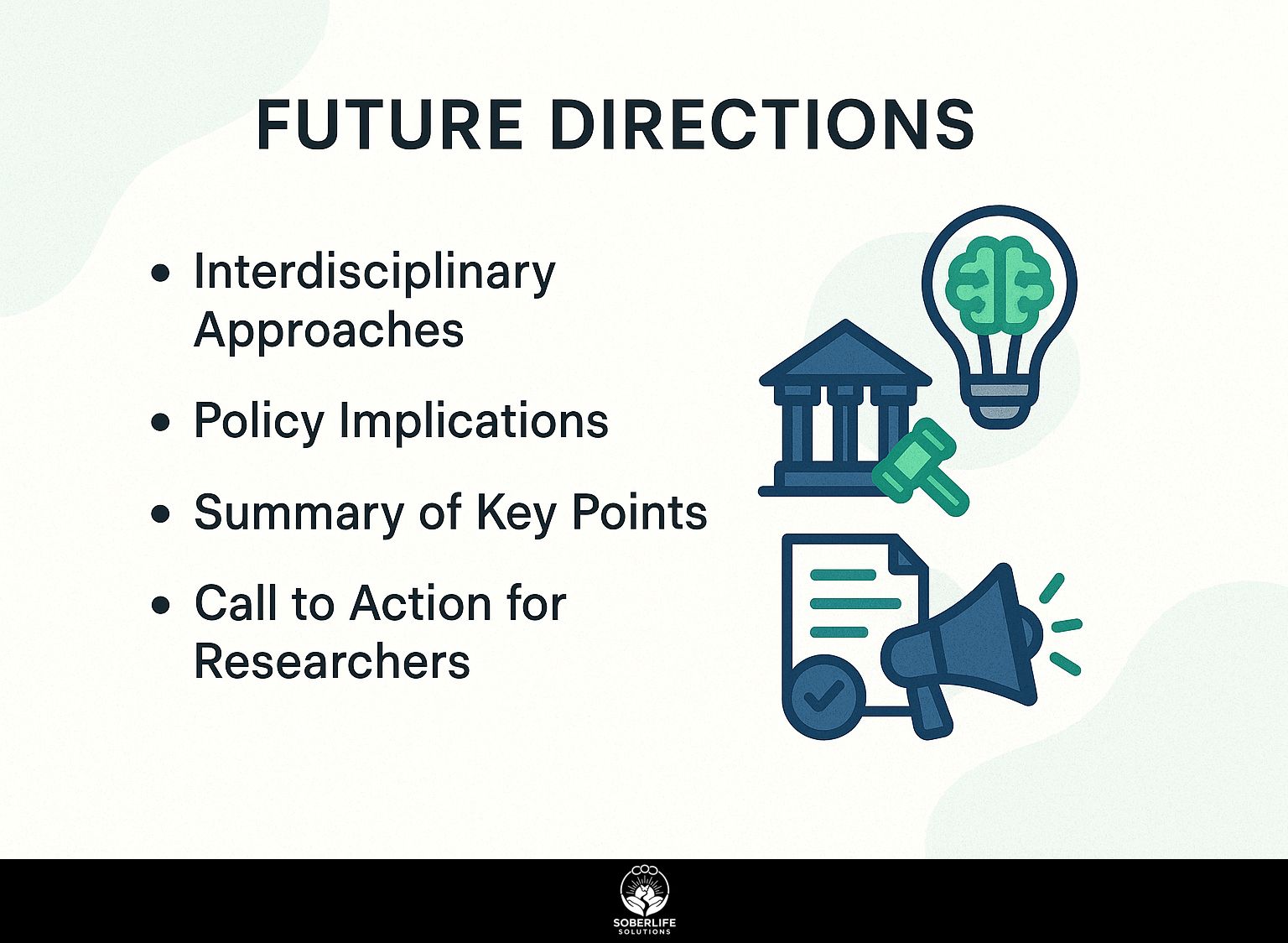
The progress in quality of life studies depends on combining ideas from health, social science, and public policy.
Interdisciplinary Approaches
Combining methods from health, economics, and sociology improves research on quality of life.
For example, integrating economic models with health data can reveal how financial stability impacts mental well-being.
Research from Harvard and the University of California found that economic downturns are connected to higher anxiety levels, showing why economic help is important.
Sociologists and health professionals have worked together to study how getting communities involved can affect health results. For example, a project in Chicago increased access to mental health resources by working with local groups.
These examples show the benefits of having different viewpoints when dealing with complicated health problems.
Policy Implications
Research on quality of life directly influences government decisions, creating guidelines like the Sustainable Development Goals to improve how people live.
For example, studies such as the 2019 WHO report on mental health showed the need to improve mental health services in developing countries, leading to changes in policies for more funding and support programs.
Similarly, the impact of air quality on health has led cities to adopt stricter emissions regulations, as evidenced by evidence from various urban centers that saw drops in respiratory conditions.
These findings highlight the need for policymakers to include strong quality of life measures in their plans, helping to build community strength and better public health.
Summary of Key Points
Studying different aspects of quality of life provides important information about well-being in health situations.
For instance, dimensions such as physical health, emotional well-being, and social connectivity interplay to shape overall quality of life.
Researchers often use tools like the WHOQOL-BREF questionnaire to evaluate these aspects, giving clear data.
Programs that focus on mental health, like cognitive behavioral therapy, can improve emotional strength. Community involvement activities help build social ties.
By putting these observations into healthcare policies, healthcare workers can more effectively meet patient needs, which leads to better life quality for different groups of people.
Call to Action for Researchers
Researchers are encouraged to use methods from different fields and new technologies to improve studies on quality of life.
This can be achieved by integrating qualitative and quantitative data through mixed-method approaches.
For example, combining surveys with focus groups can give more detailed information about participant experiences. Using technology such as mobile apps for real-time data collection provides quick feedback and interaction.
Programs like NVivo for analyzing qualitative data or SPSS for statistical data can improve the thoroughness of your research.
By using different methods and tools, researchers can better understand the details of quality of life, leading to real changes in policy and practice.
Frequently Asked Questions
What do researchers today think about quality of life?
The modern approach to studying quality of life in research considers a broader set of factors. This includes physical health, mental and emotional state, social connections, and environmental conditions.
How is this new approach different from usual studies on quality of life?
The traditional approach to quality of life research focused mainly on physical health and functional ability. The new approach considers a broader set of elements that affect general well-being, including mental and social needs, along with environmental aspects.
Why does this new approach matter in research?
This new approach is important because it helps us understand quality of life better and can lead to more effective actions and policies to improve overall well-being. It also recognizes the interdependence of different aspects of quality of life and the impact they have on each other.
How does the new approach affect research methods?
The new approach may need researchers to use more detailed and varied measures to evaluate quality of life, and include qualitative methods to understand personal experiences. Researchers from different fields might need to work together to completely understand quality of life.
What are some examples of the new approach being used in research?
Some examples include studies on the impact of social support on quality of life, exploring the relationship between mental well-being and physical health, and examining how environmental factors such as climate change can affect overall quality of life.
How can the new approach be used in everyday life to make things better?
The new way of thinking can help shape policies and actions that improve quality of life by considering the social, environmental, and psychological factors that contribute to well-being. It can also help individuals make more informed decisions about their own health and well-being.

